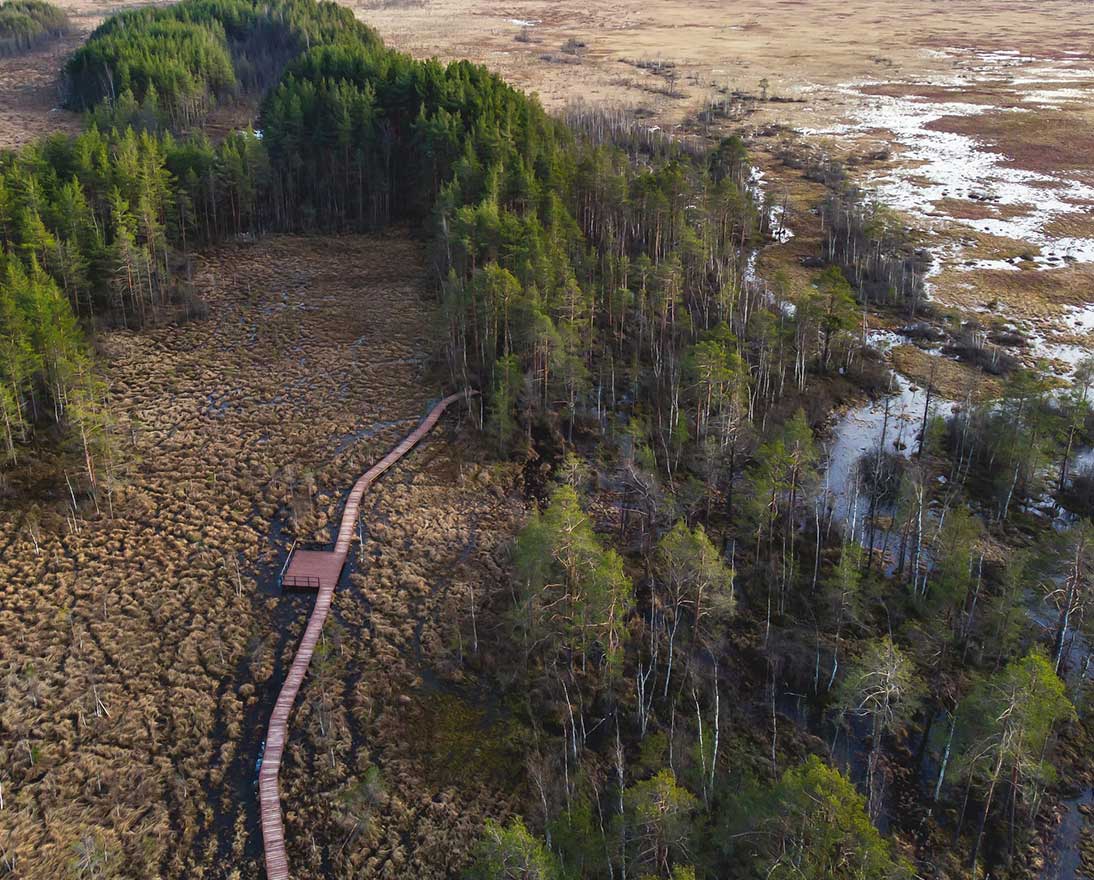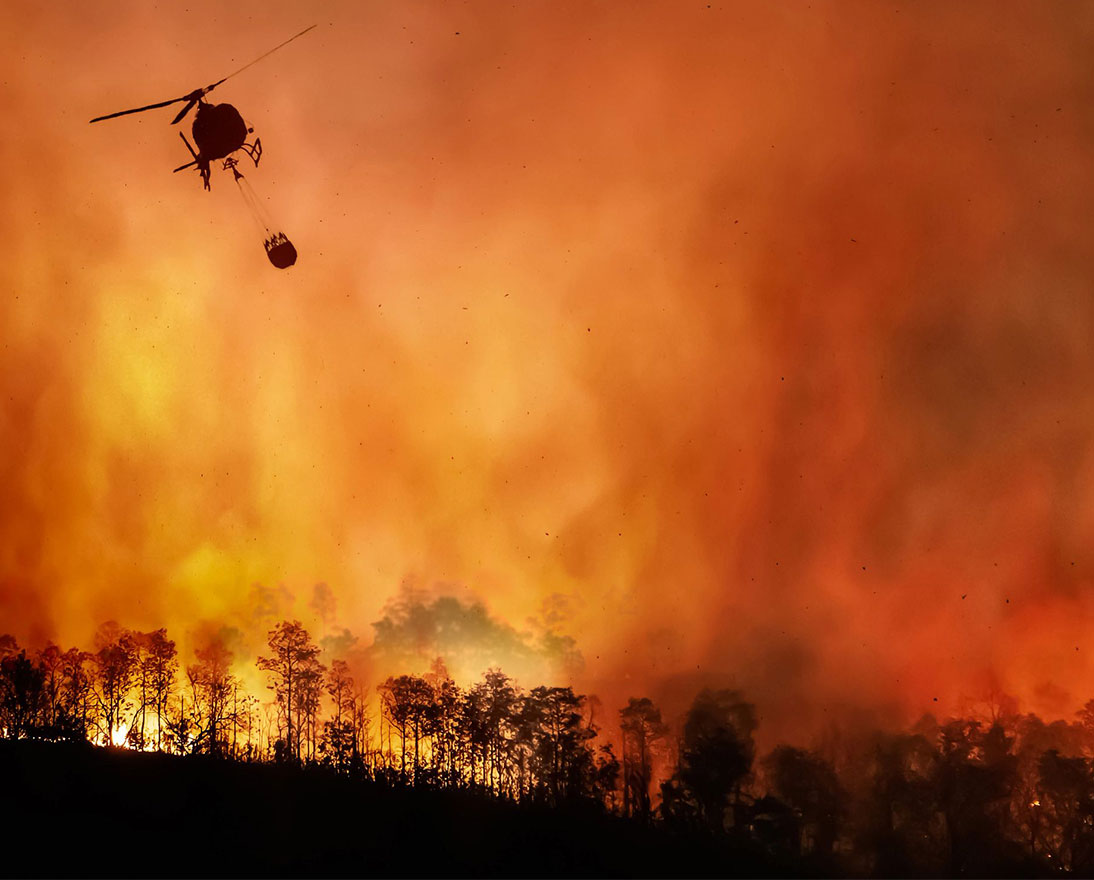
Ready for a crisis – the steps and safeguards that will build resilience to future systemic shocks
The COVID-19 pandemic has thrown down stiff challenges, but it has also created opportunities for companies to become better prepared for future crises
Just a few months ago, many of the world’s leading businesses and policymakers saw 2022 as the year the world would finally shrug off the devastating effects of COVID-19, marking the re-establishment of fully functioning jobs markets, the healing of supply chains and a return to economic growth.
The rise of the Omicron variant and uneven progress on vaccination has postponed that hope, raising new questions about an uneven recovery and, with it, the world’s ability to deal with pressing issues such as climate change, social justice, cyber risk and geopolitical tensions.
According to this year’s World Economic Forum’s Global Risks Report published in partnership with Zurich Insurance Group (Zurich), more than 37 per cent of respondents believe the world will follow a fractured trajectory over the medium term; fewer than 11 per cent believe that global recovery will accelerate over the next three years.

“Economic, geopolitical, public health and societal fractures – which increase after pandemics – risk leading to divergent and delayed approaches to critical challenges facing people and planet,” the report states.
Against that backdrop, John Scott, Head of Sustainability Risk at Zurich, argues that companies can become both stronger and more resilient to future crises by learning the lessons from the coronavirus pandemic and becoming more adaptable to change.
“Many companies think of resilience in terms of hard defenses, like a rock that withstands crashing waves,” Scott says. “But often resilience is about being flexible just like corn that bends in the wind and then bounces back.”
One opportunity for companies to build such adaptive resilience is in supply chains, which have been battered by the pandemic. John Corless, Head of Business Resilience Risk at Zurich, says that companies should be looking not only at how they rebuild existing structures but also how they can establish alternatives in the event of future disruption.
“Just-in-time delivery has stripped the fat from supply chains but, in times of crisis, that fat can act as shock absorbers in the chain,” Corless says. “The pandemic is a reminder that you need to start thinking about engineering greater resilience into your existing operation.”

A second opportunity to build greater resilience is to re-examine contingency plans and, in particular, push their business interruption scenario assumptions further and more aggressively than before. “Organizations make assumptions, but those assumptions get old and they are not challenged, reassessed or refreshed nearly as often as they should,” says Corless. “The pandemic was a wake-up call to really start thinking and pushing interruption scenario assumptions more aggressively.”
Ultimately, such assumptions cover many issues and themes. But one example is the rapid acceleration of digitalization that organizations have experienced as a result of the pandemic, with staff now working remotely and more data than ever before being stored in the cloud.
“We have all got used to cloud-based computing and data services, but companies need to understand and control what these changes mean for their operations, and to identify what the new pinch points are,” argues Corless. “Unless we have a clear, full understanding of that in real time, it’s very hard to build resilience.”
True resilience to future crises within an economy necessarily involves a “whole-of-society” response – from central and local governments to companies and communities.
As part of that response, Scott of Zurich says that companies can play a pivotal role by improving communication and co-ordination with the communities, which also helps to strengthen their environmental, social and governance (ESG) commitments.

One example, he says, is if a company invested in making its facilities resilient to flood without taking steps to ensure that the wider community was also protected. “You’re in the community, your workforce is in the community and your clients are part of the community,” says Scott. “It’s no good building resilience at the company level if the surrounding community is not resilient, too.”
The last two years have forced companies and other social actors to change, rethink and adapt, in many cases spurring innovation and becoming more resilient in the process. But as Corless of Zurich cautions, it is imperative for companies to avoid hubris while understanding that building resilience to future crises does not stop.
“A lot of companies that have come through the COVID-19 pandemic might be tempted to conclude that they are resilient,” Corless adds, “But it is important to recognize that the last big event is not the same as the next big event..”



